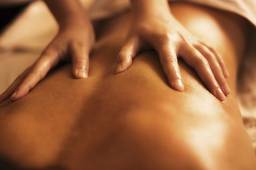An introduction to the intricacies of Chinese Massage

One of the founding principles of traditional Chinese medicine is the belief in chi, otherwise known as the human body’s vital energy. Chi is said to circulate throughout the human body through channels called meridians, which connect vital organs and functions together.
Traditional Chinese medicine has come into conflict with Western traditions of medicine. According to Western tradition, traditional Chinese medicine lacks the necessary scientific evidence to support its methods and remedies. There is also controversy surrounding some of the ingredients used in traditional Chinese medicines, which often includes exotic animal parts from animals like tigers, rhinoceroses, lions and more.
In Chinese medicine, health is perceived as a result of harmony in the body and mind of a person. Illness and disease, therefore, results from the opposite of harmony, disharmony. Traditional Chinese medicine seeks to uncover the underlying patterns in a person’s life that lead to disharmony. The preliminary steps to uncovering the source of a person’s disharmony are to measure their pulse, analyse the condition of their tongue, eyes, and skin and assessing the sleeping and eating habits of a person.
One of the most important philosophical aspects of traditional Chinese medicine is Yin and Yang, which divides all phenomena in the universe into two complementary and abstract entities, Yin and Yang. In the human body, Yin is assigned to the lower part of the body, while Yang is assigned to the upper part of the body. Bodily functions and disease symptoms are also characterised according to Yin and Yang in traditional Chinese medicine.
